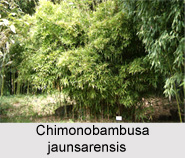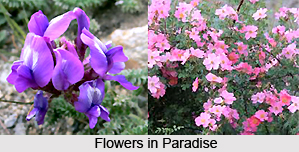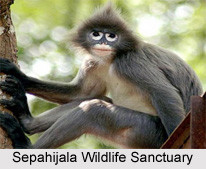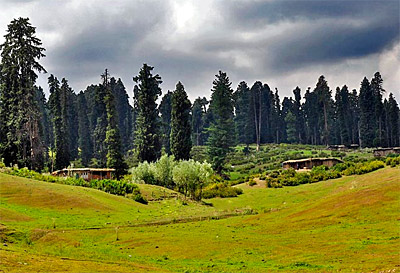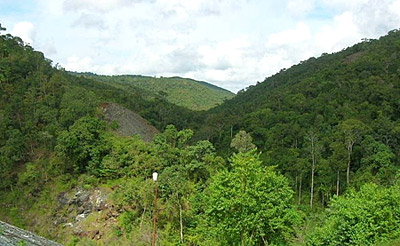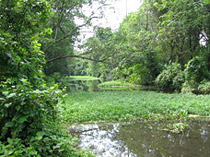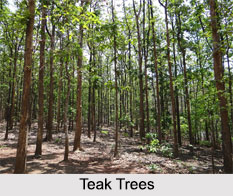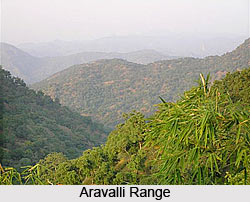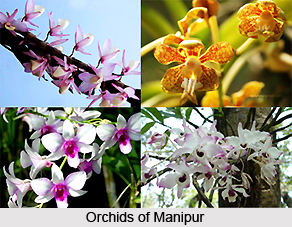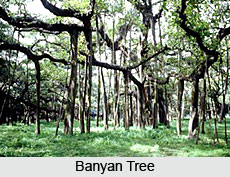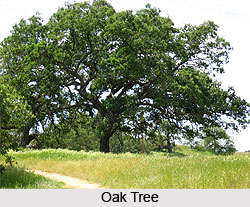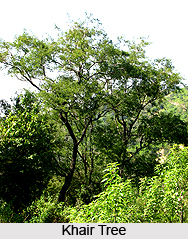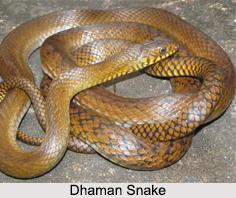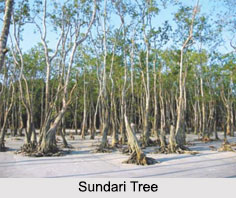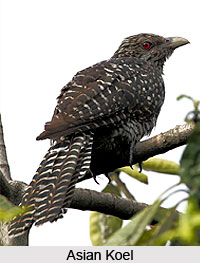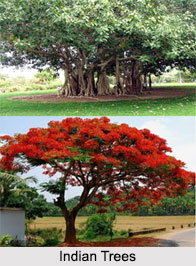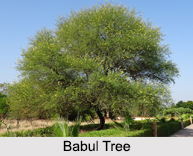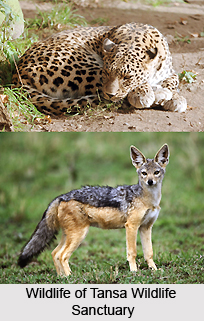 Tansa Wildlife Sanctuary is an exquisite wildlife refuge situated in the Wada, Mokhada and Shahapur Talukas in the Thane district of the Indian state Maharashtra. It encompasses an area of about 320 square kilometres. Various forests such as Vaitarna, Shahapur and Khardi are included in the sanctuary area in addition to the catchment area of the Tansa Lake. It is an artificial lake which serves as an excellent source of water for the fauna of the sanctuary. The lake lies across the River Tansa and is credited as one of the largest lakes of Maharashtra having a capacity of 3 million gallons. The tranquillity of the beautiful lake further augments the natural beauty of Tansa Wildlife Sanctuary. Numerous rare and endangered species of flora and fauna are also hosted by the sanctuary.
Tansa Wildlife Sanctuary is an exquisite wildlife refuge situated in the Wada, Mokhada and Shahapur Talukas in the Thane district of the Indian state Maharashtra. It encompasses an area of about 320 square kilometres. Various forests such as Vaitarna, Shahapur and Khardi are included in the sanctuary area in addition to the catchment area of the Tansa Lake. It is an artificial lake which serves as an excellent source of water for the fauna of the sanctuary. The lake lies across the River Tansa and is credited as one of the largest lakes of Maharashtra having a capacity of 3 million gallons. The tranquillity of the beautiful lake further augments the natural beauty of Tansa Wildlife Sanctuary. Numerous rare and endangered species of flora and fauna are also hosted by the sanctuary.
Flora and Fauna of Tansa Wildlife Sanctuary
The rich biodiversity of flora and fauna in the sanctuary allures numerous nature lovers to explore the vivacious natural heritage of the country. Owing to the presence of abundant water resources, Tansa Wildlife Sanctuary exhibits a rich vegetation cover. The flora of the sanctuary mostly comprises southern tropical moist deciduous type of vegetation. Common flora found here includes Bamboo, Kalamb, Khair, Hed, Teak, Ain, Bibla and many more. Tansa Wildlife Sanctuary is home to about 50 species of wild animals. Some of the prime faunal species of the sanctuary enlist Hyena, Sambar, Mouse Deer, Leopard, Chital, Barking Deer, Common Langur, Four-Horned Antelope, Panther, Jackal, Wild Boar etc. Around 200 varieties of birds, including land as well as water birds, can be spotted here. Avifauna of the sanctuary include Paradise Flycatcher, Lapwings, Egrets, Bulbuls, Bayas, Orioles, Shrikes, Hornbill, Woodpeckers, Crested Serpent Eagles, Cacket Tailed Drongoes and many more.
Visiting Information
Tansa Wildlife Sanctuary is best visited between the period of November and May. Monsoons are however not preferable to visit as most of the wildlife hide out due to heavy rains. During monsoons there is also the possibility of severe floods in Tansa Lake. It is located 90 kilometres away from the city of Mumbai. Atgaon, situated at a distance of 13 kilometres, is the nearest railway station whereas the nearest airport is located in Mumbai. The sanctuary is also connected to other important cities through roadways. Mahadeo temple, Plateau of Suryamal and Fort of Mahuli are the nearby tourist attractions which hold historical significance.
